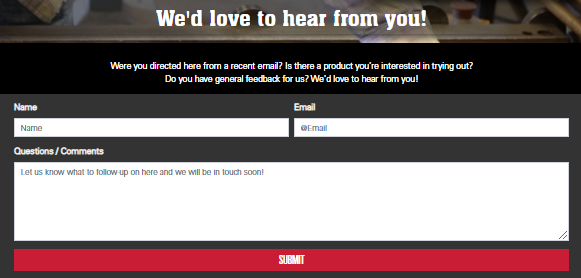The Top 25 Most Fatal and Dangerous Jobs in America
Posted by Anthony Webb on Nov 26th 2024
Compared to working conditions before the Occupational Safety and Health Administration (OSHA) was established in 1970, today’s U.S. work environment is, for the most part, safer than ever. With that said, some jobs will always involve dangerous conditions with the potential for fatalities. A police officer will always face the possibility of being shot on the job. A trucker driver will always face the potential of being involved in an automobile accident. Specific occupations are inherently dangerous, some more so than others.
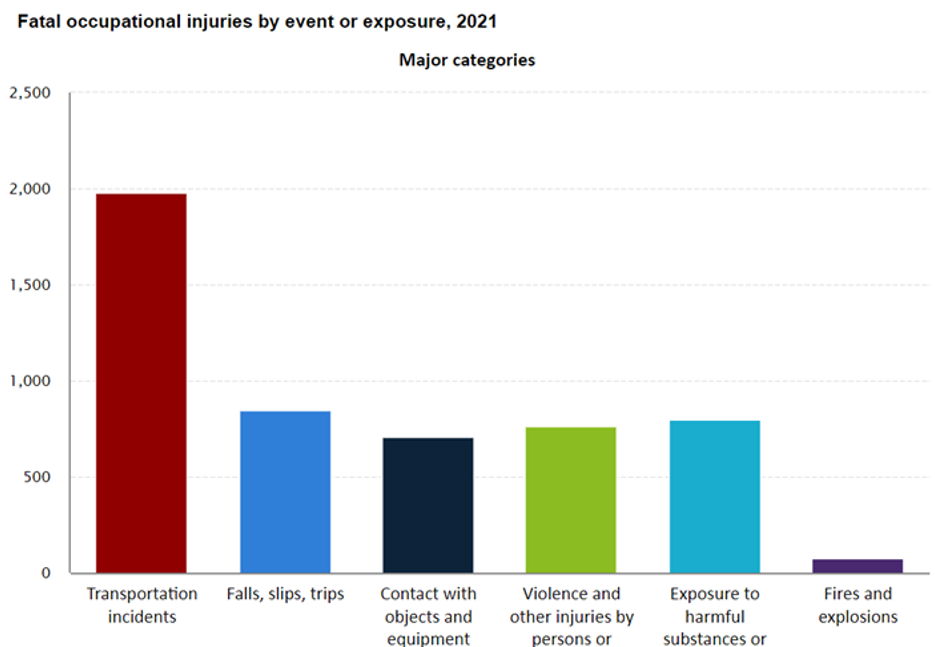
This chart highlights the top 6 events that lead to workplace fatalities.
The U.S. Bureau of Labor Statistics (BLS) reported 5,190 fatal work injuries in 2021, an 8.9% increase from the reported 4,764 injuries in 2020. More key findings from the BLS 2021 Census of Fatal Occupational Injuries Summary include the following:
- A worker died every 101 minutes from a work-related injury in 2021.
- 798 on-the-job fatalities resulted from exposure to harmful substances, the highest total for this type of injury since 2011.
- Falls, slips, and trips resulted in 850 total fatalities in 2021.
Any company that reports any fatalities needs to evaluate the safety of their working conditions and safety plans and consider the specific risks for those who work there. By knowing which occupations are most at-risk in advance, individuals and companies can ensure they’re doing everything possible to limit workplace hazards and keep their employees safe. This article will provide a comprehensive understanding of the top 25 most dangerous occupations, all backed up by BLS data. It will also highlight what OSHA reports as everyday events that cause fatalities for each occupation and the kinds of injury events that all employees should be concerned about at work.
Top 25 Most Dangerous Occupations

The following list of the 25 most dangerous jobs in America is ranked by the fatal workplace injuries reported in 2021 by the BLS. Below is a breakdown of each occupation and some fatal events OSHA shows for each.
| Rank | Occupation | 2021 Fatalities |
| #1 | Transportation and material moving: heavy and tractor-trailer truck drivers | 1523 |
| #2 | Protective services | 302 |
| #3 | Construction laborers | 255 |
| #4 | Landscaping and groundskeeping | 142 |
| #5 | Agricultural workers | 133 |
| #6 | Material moving workers (by hand) | 124 |
| #7 | Roofers | 115 |
| #8 | Maintenance and repair workers, general | 95 |
| #9 | Tree trimmers and pruners | 78 |
| #10 | Building cleaning workers | 69 |
| #11 | Carpenters | 68 |
| #12 | Security guards | 67 |
| #13 | Automotive service technicians and mechanics | 63 |
| #14 | Electricians | 61 |
| #15 | Farmworkers and ranchers | 59 |
| #16 | Painters | 58 |
| #17 |
Extraction workers: oil and gas/mining |
54 |
| #18 | Welders | 43 |
| #19 | Heating and air conditioning (HVAC) | 42 |
| #20 |
Pipelayers and plumbers |
36 |
| #21 |
Forestry and logging: fallers |
33 |
| #22 |
Heavy vehicle and mobile equipment mechanics |
31 |
| #23 |
Electrical powerline installers |
30 |
| #24 |
Bus and truck mechanics |
28 |
| #25 |
Recyclable material collectors |
23 |
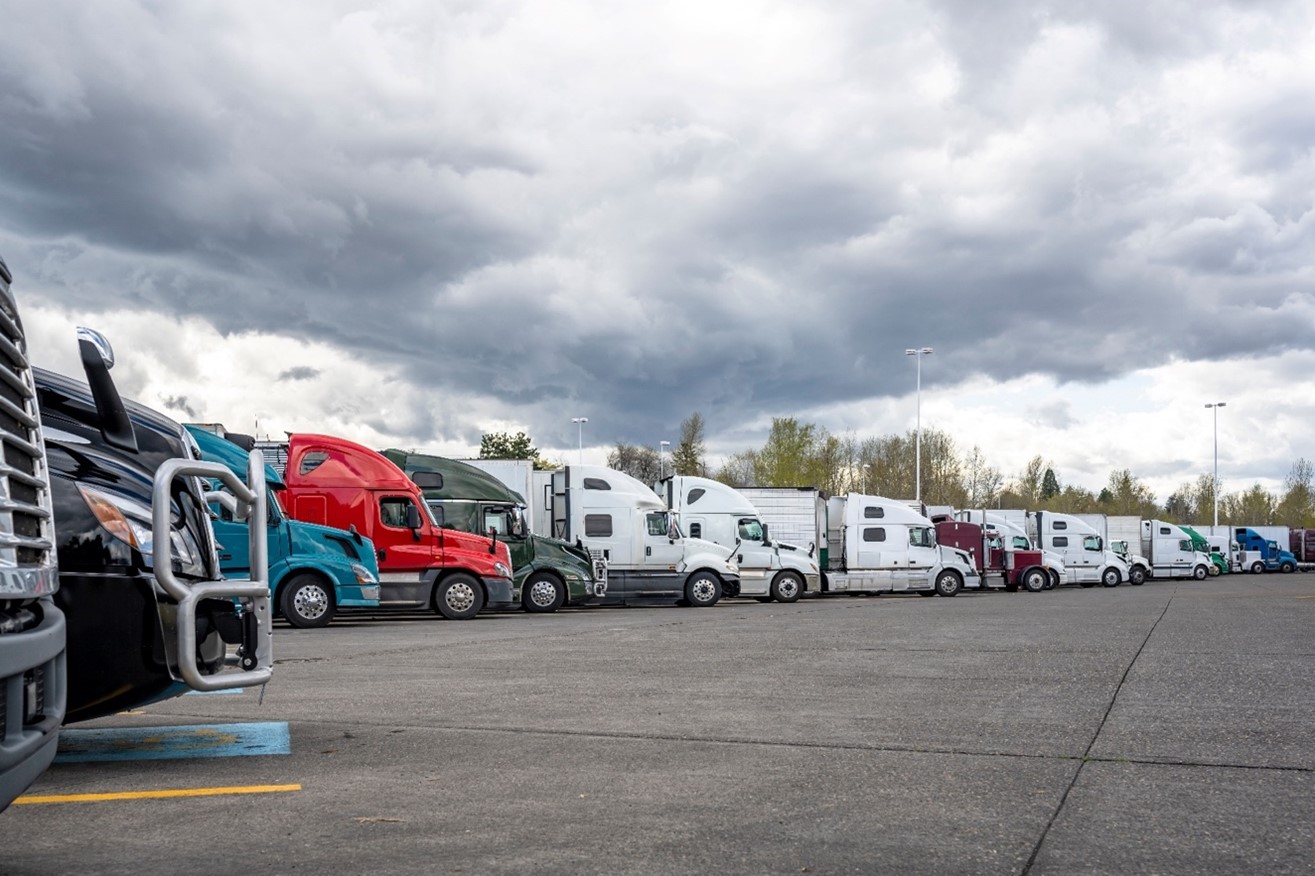
Transportation and Material Moving: Heavy and Tractor-Trailer Truck Drivers
Truck drivers deliver goods using a tractor-trailer combination or a heavy truck. The job often involves long hours on the road, and sleep deprivation creates hazards that can cause accidents.
Below are some of the fatal dangers that those working in transportation and truck driving occupations face on the job:
- Being crushed or struck by objects when loading or unloading freight
- Exposure to harmful chemicals and/or substances
- Vehicular accidents

Protective Services: Jailers/Firefighters/ Police Officers
Protective services occupations are charged with maintaining order and protecting life and property by enforcing laws and ordinances. In firefighters' cases, these workers face active fire situations, fire, and explosive threats and assist citizens in need. Transportation incidents and vehicle crashes are uncommon as they race to a scene. Below are some of the fatal dangers protective occupations face on the job:
- Dangers associated with responding to emergency incidents
- Engaging with armed suspects.
- Responding to fires.
Construction Laborers
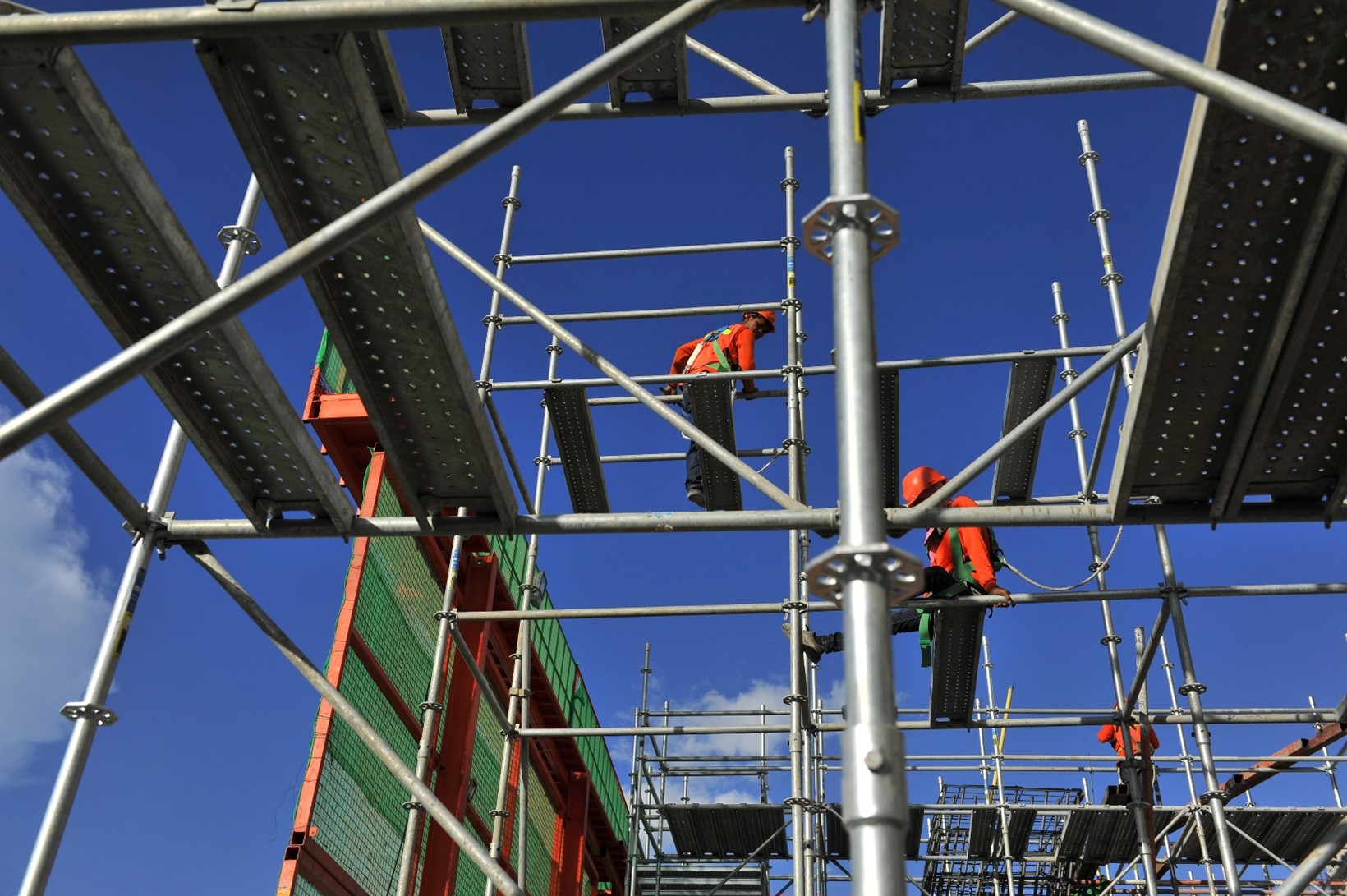
Construction laborers perform tasks involving physical labor at construction sites. Below are some of the fatal dangers construction laborer occupations face on the job:
- Falls, trips, and slips, mostly from ladders, scaffolding, and roofs
- Injury from unsafe contact with objects and equipment
- Electrocution
- Injury from falling objects on a construction site
Landscaping and Groundskeeping
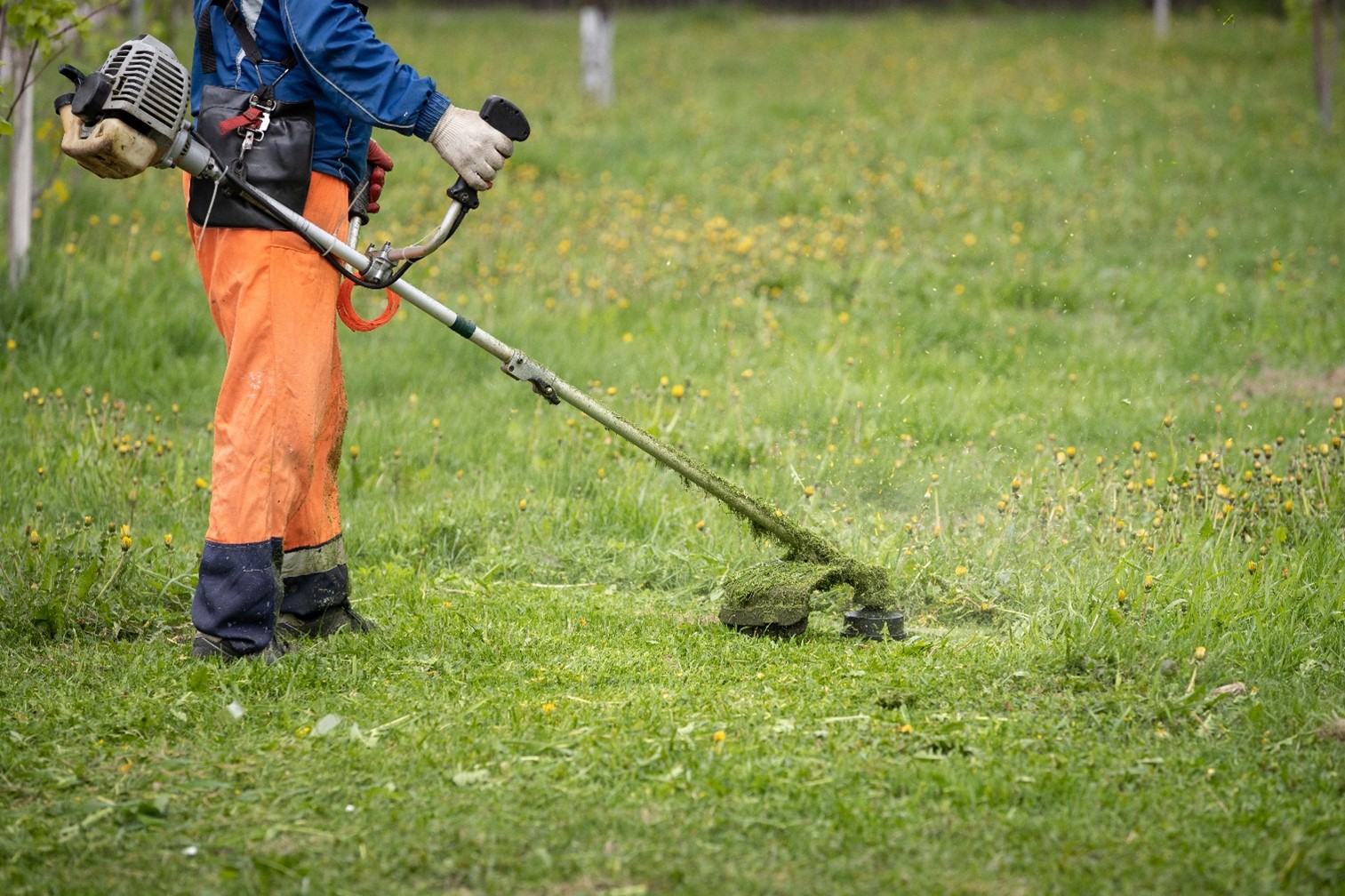
Landscapers maintain property grounds, which may involve digging, fertilizing, and mowing. Below are some of the dangers workers in the landscaping and groundskeeping occupations face on the job:
- Overturned mowers
- Broken or poorly maintained equipment
- Being struck by a motorist
- Drowning near pools and ponds
- Heatstroke
Agricultural Workers
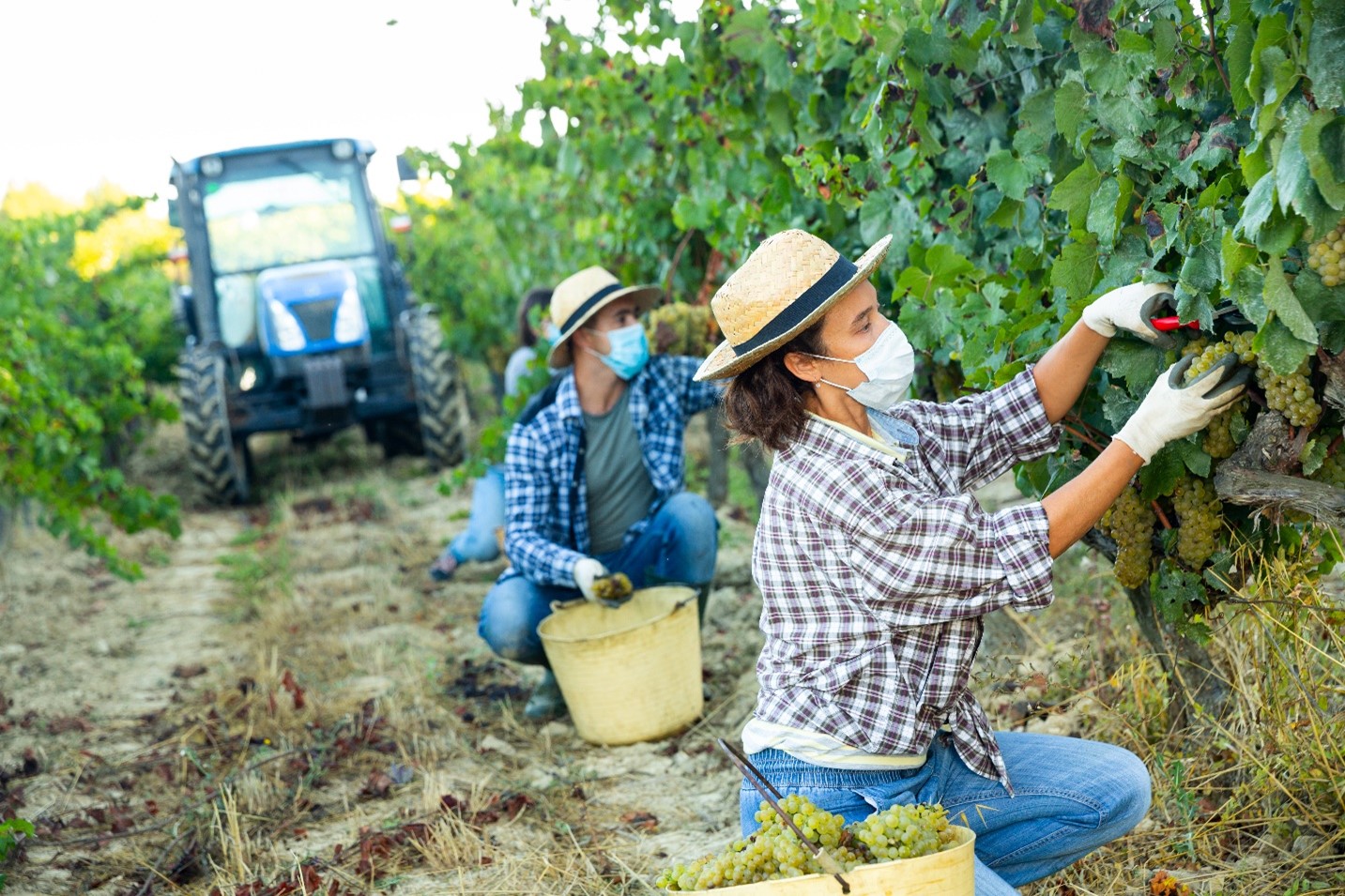
Agricultural workers plant, grow and harvest vegetables, fruits, and other crops. Below are some of the fatal dangers workers in agricultural occupations face on the job:
- Being caught by rotating parts on tractors and equipment
- Being crushed and pinned by tractors, agricultural trucks, and harvesters
- Hot weather, heat exhaustion, and heatstroke
Material Moving Laborers

These laborers manually move freight, stock, and other worksite materials by hand. This occupation includes all manual laborers not elsewhere classified. Below are some of the fatal dangers material moving occupations face on the job:
- Being crushed by objects, such as trailers and pallets
- Exposure to harmful substances
- Being caught between objects, such as conveyors
Roofers
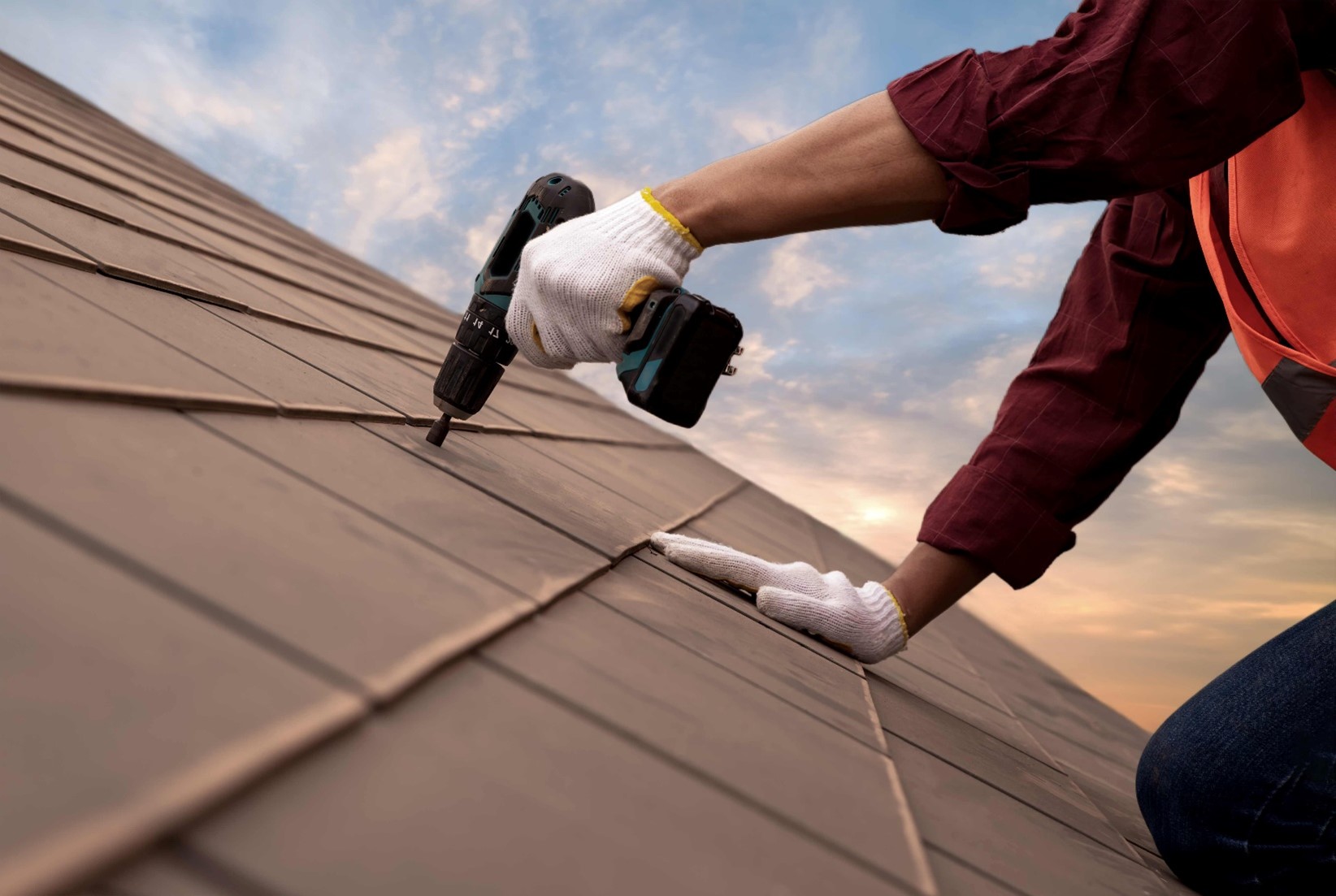
Roofers cover roofs and structures with shingles, slate, asphalt, wood, and other materials to protect buildings from the elements. Below are some of the fatal dangers roofing occupations face on the job:
- Falls account for over 80% of all fatalities
- Electrocution
- Heat stress
- Collapsing roof
Maintenance and Repair Workers, General

Maintenance workers lubricate machines, change parts, and perform machinery maintenance. Below are some of the fatal dangers maintenance occupations face on the job:
- Electrocution while repairing machinery
- Being caught between objects
- Becoming entangled in machines
- Exposure to hazardous chemicals
Tree Trimmers and Pruners
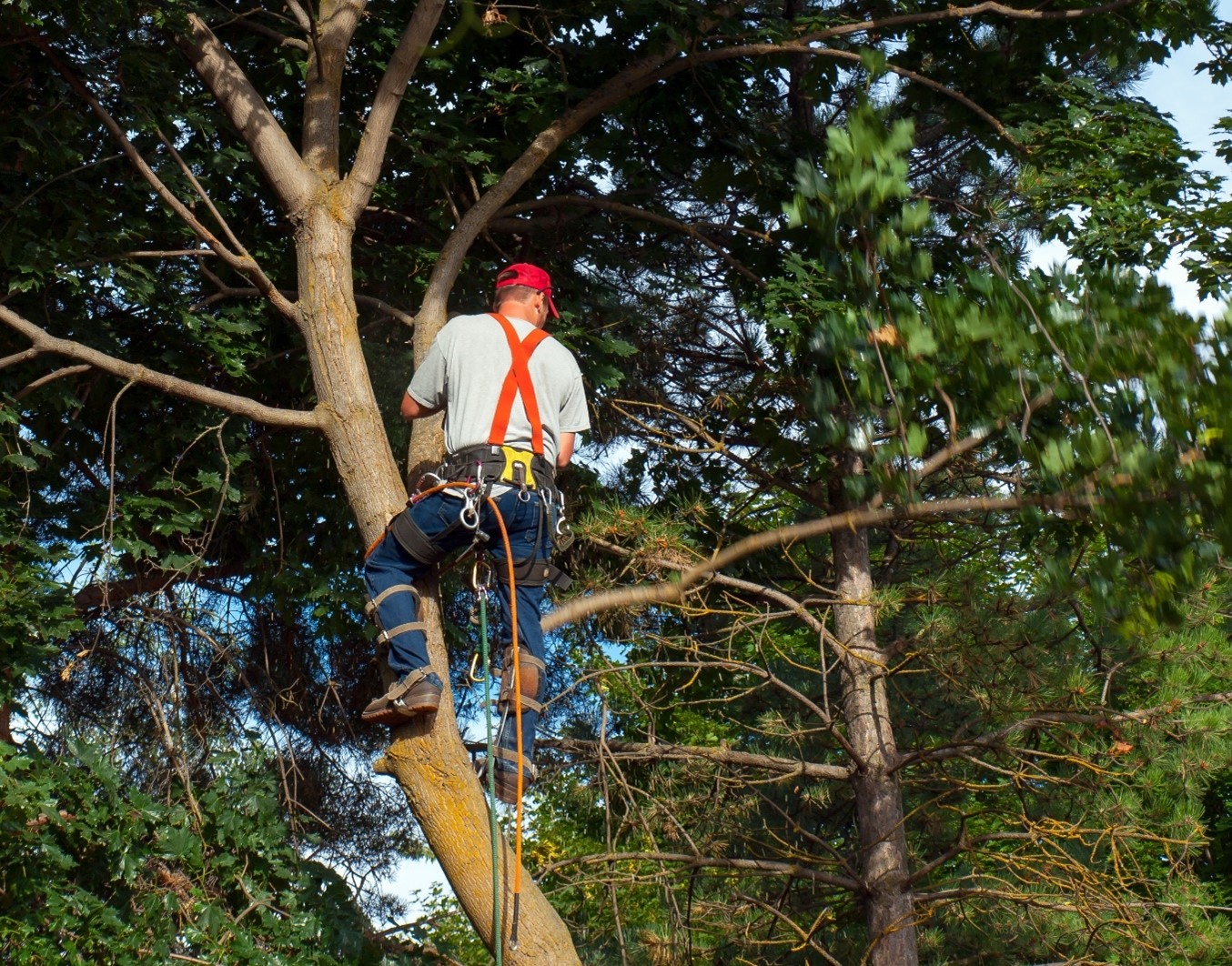
Tree trimmers and pruners prune trees and shrubbery with handheld machines such as handsaws. They often work off the ground in the tree canopy and may use truck-mounted lifts. Below are some of the fatal dangers tree trimming occupations face on the job:
- Falls (from trees or bucket lifts)
- Electrocution from powerlines
- Being crushed by machines
- Being struck by falling debris
Building Cleaning Workers
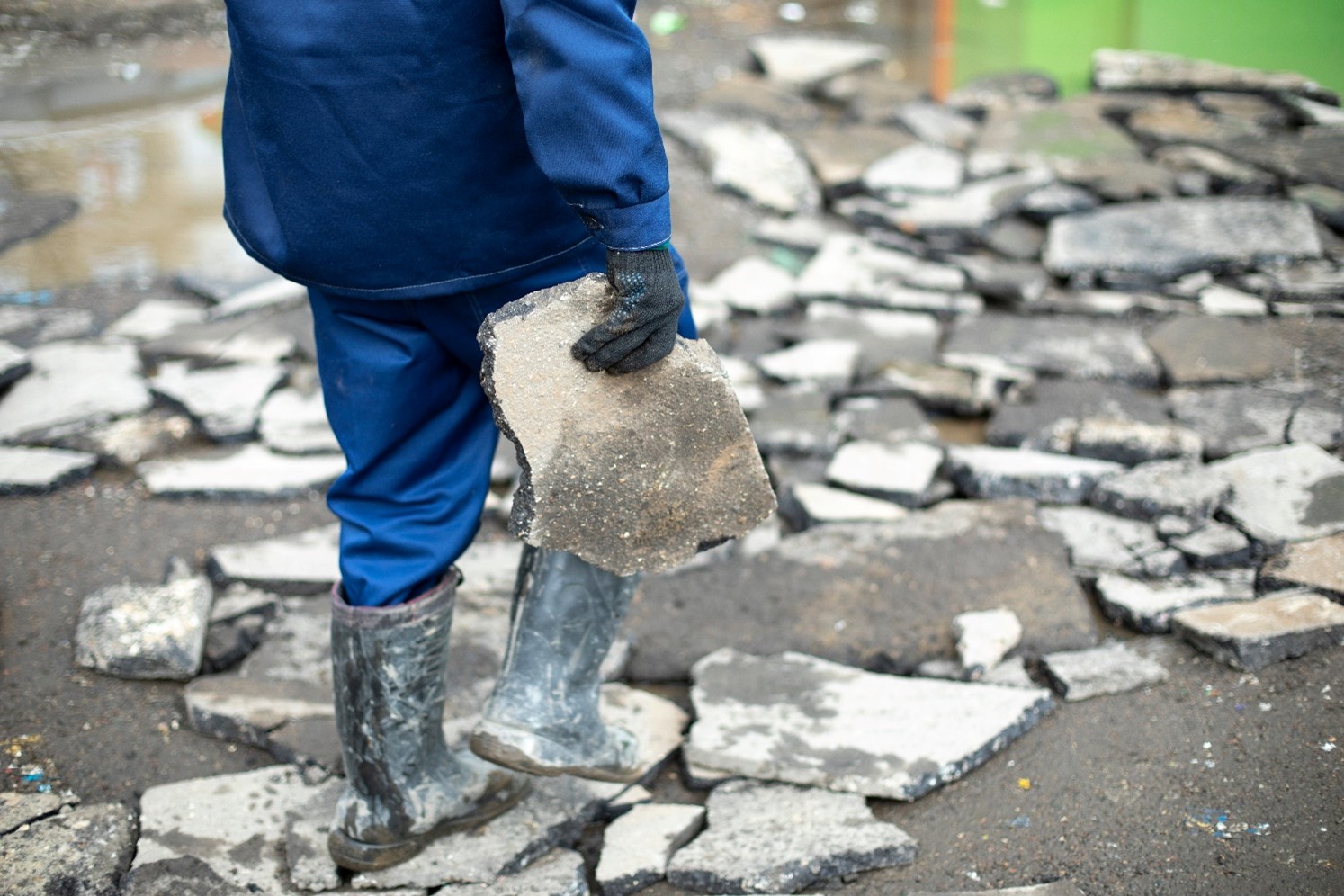
These workers return buildings and properties to orderly condition. They perform heavy cleaning duties, such as cleaning floors, power washing walls and tanks, and removing rubbish. Below are some of the fatal dangers cleaning occupations face on the job:
- Exposure to hazardous chemicals, such as hydrogen sulfide
- Drowning in pools and tanks
- Being caught between objects
Carpenters

Carpenters construct structures and fixtures made of wood and similar materials. Below are some of the fatal dangers carpentry occupations face on the job:
- Falls from ladders, scaffolds, and framework
- Being crushed by structure collapses, such as walls and trusses
- Being struck by objects
Security Guards

Security staff guard, patrol, or monitor premises to stop theft, violence, or rule infractions. Below are some of the fatal dangers security occupations face on the job:
- Being shot, stabbed, or physically attacked
- Being struck by vehicles
- Falls from heights
- Exposure to harmful or toxic substances
Automotive Service Technicians and Mechanics
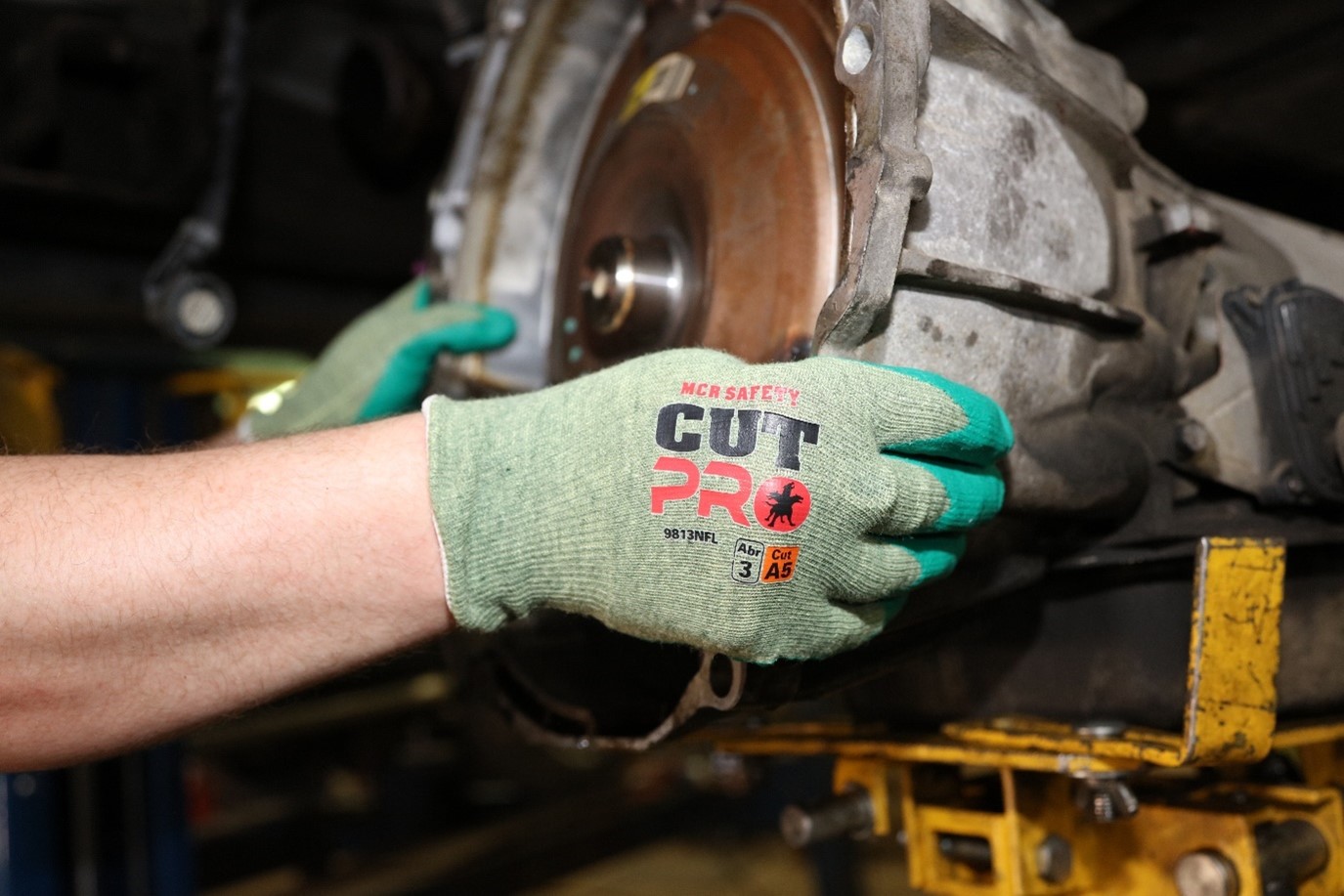
Mechanics diagnose and repair automotive vehicles. Below are some of the fatal dangers automotive mechanics occupations face on the job:
- Being crushed by a falling vehicle
- Exploding tires
- Tank explosions while torch cutting
Electricians
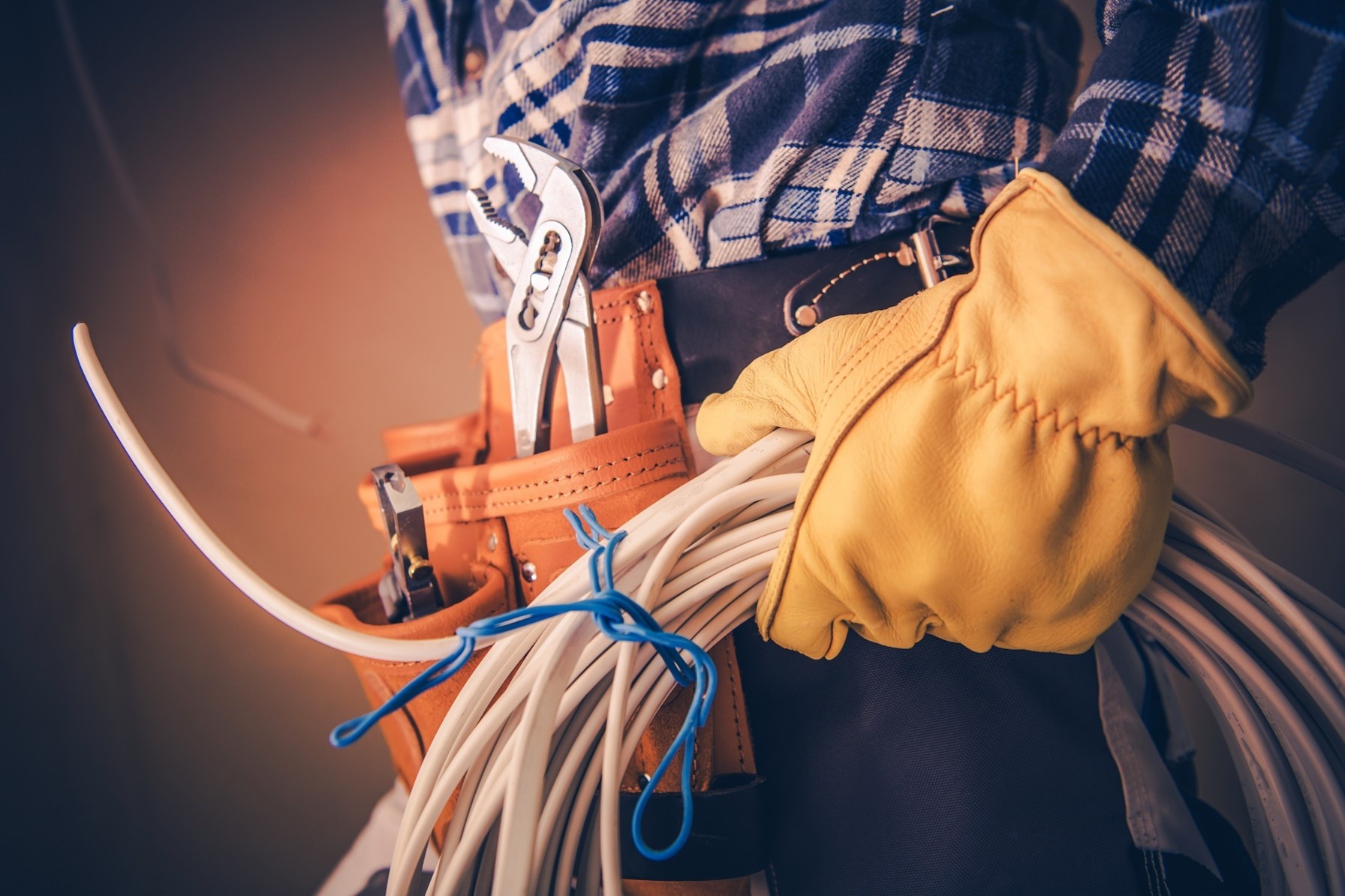
Electricians install and repair electrical wiring, equipment, and fixtures. Below are some of the fatal dangers electrical occupations face on the job:
- Falls from ladders
- Electrocution while installing wiring
- Accessing energized panels
- ARC flash hazards
Farmworkers and Ranchers
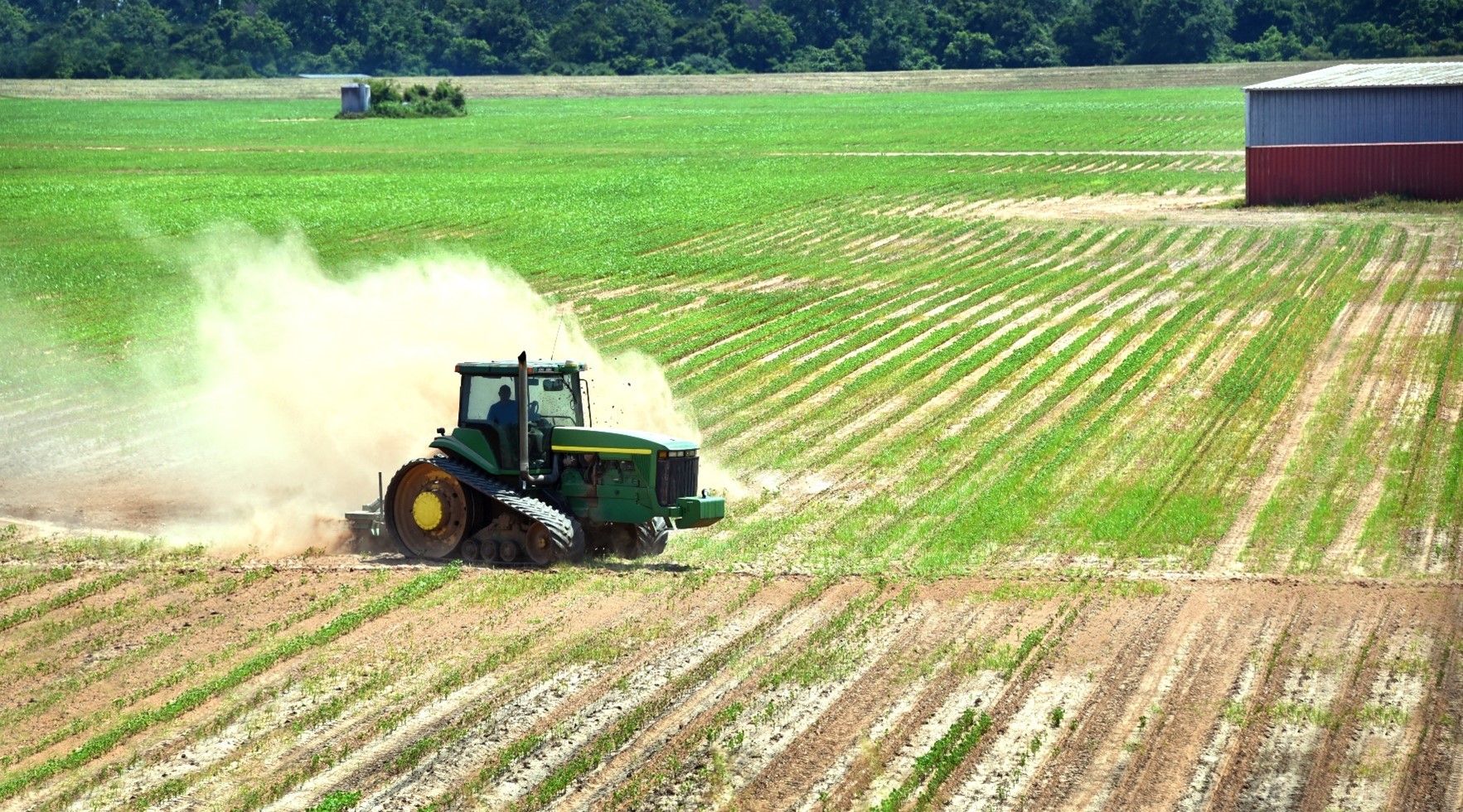
Farmworkers and ranchers manage ranches, greenhouses, nurseries, timber tracts, and other agricultural companies. Below are some of the fatal dangers farmwork occupations face on the job:
- Being crushed in between equipment, tractors, and augers
- Being crushed by a hay bale or hay baler
- Hot weather
- Exposure to pesticides and chemicals
Painters

Painters use brushes, rollers, and spray guns to apply colors to structures, automobiles, or other objects. Below are some of the fatal dangers painting occupations face on the job:
- Falling off ladders and roofs
- Heat stroke
- Exposure to solvent vapors
Extraction Workers: Oil and Gas/Mining
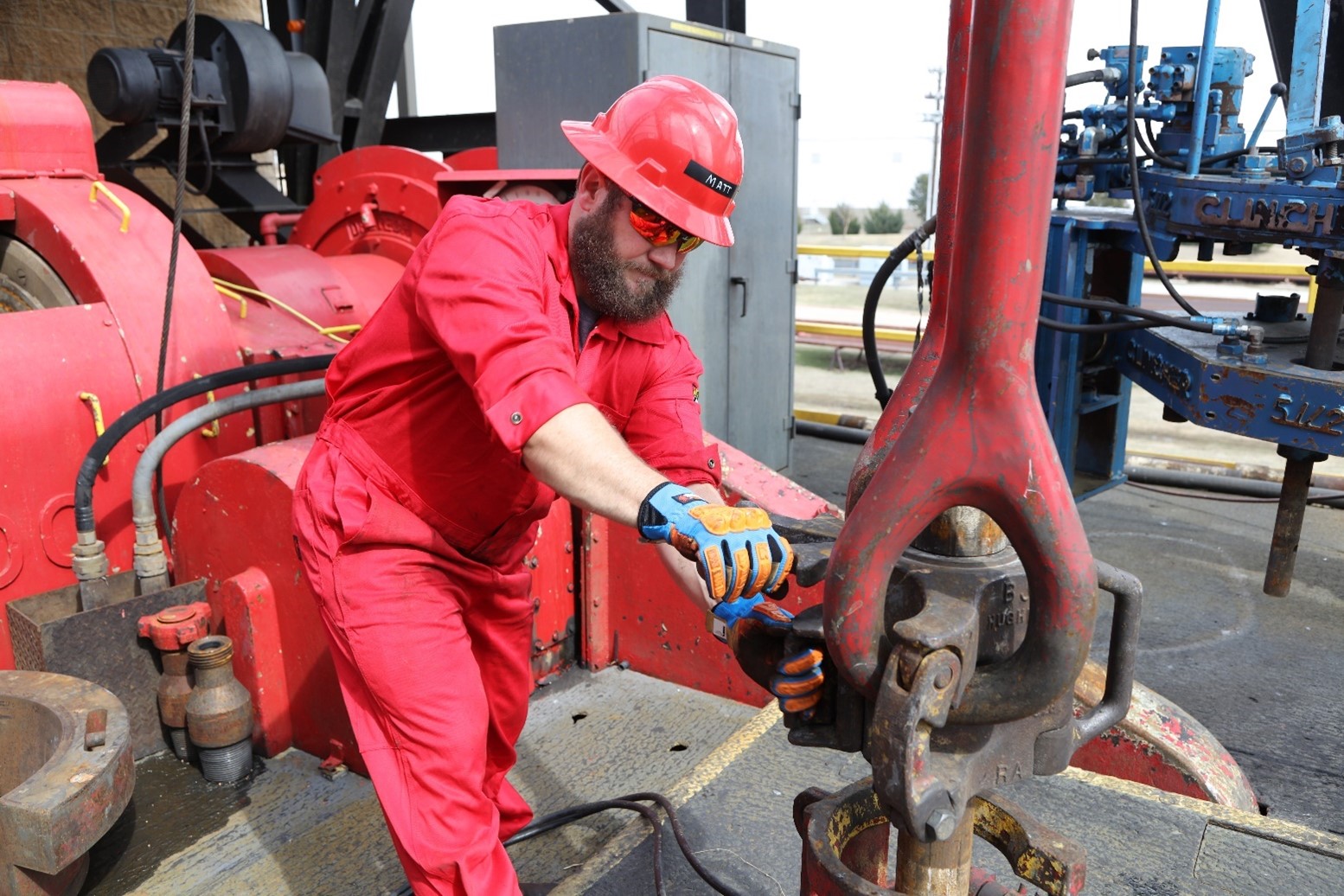
Extraction workers drill, blast, and run machinery to extract oil or minerals from the earth. Below are some of the fatal dangers extraction occupations face on the job:
- Being struck by pipes
- Explosions and fire
- Becoming caught in machines and equipment
Welders

Welders join metal components or fill holes in fabricated metal products. Below are some of the fatal dangers welding occupations face on the job:
- Hot temperatures
- Electrocution
- Burns from fires and sparks
Heating and Air Conditioning (HVAC) Mechanics
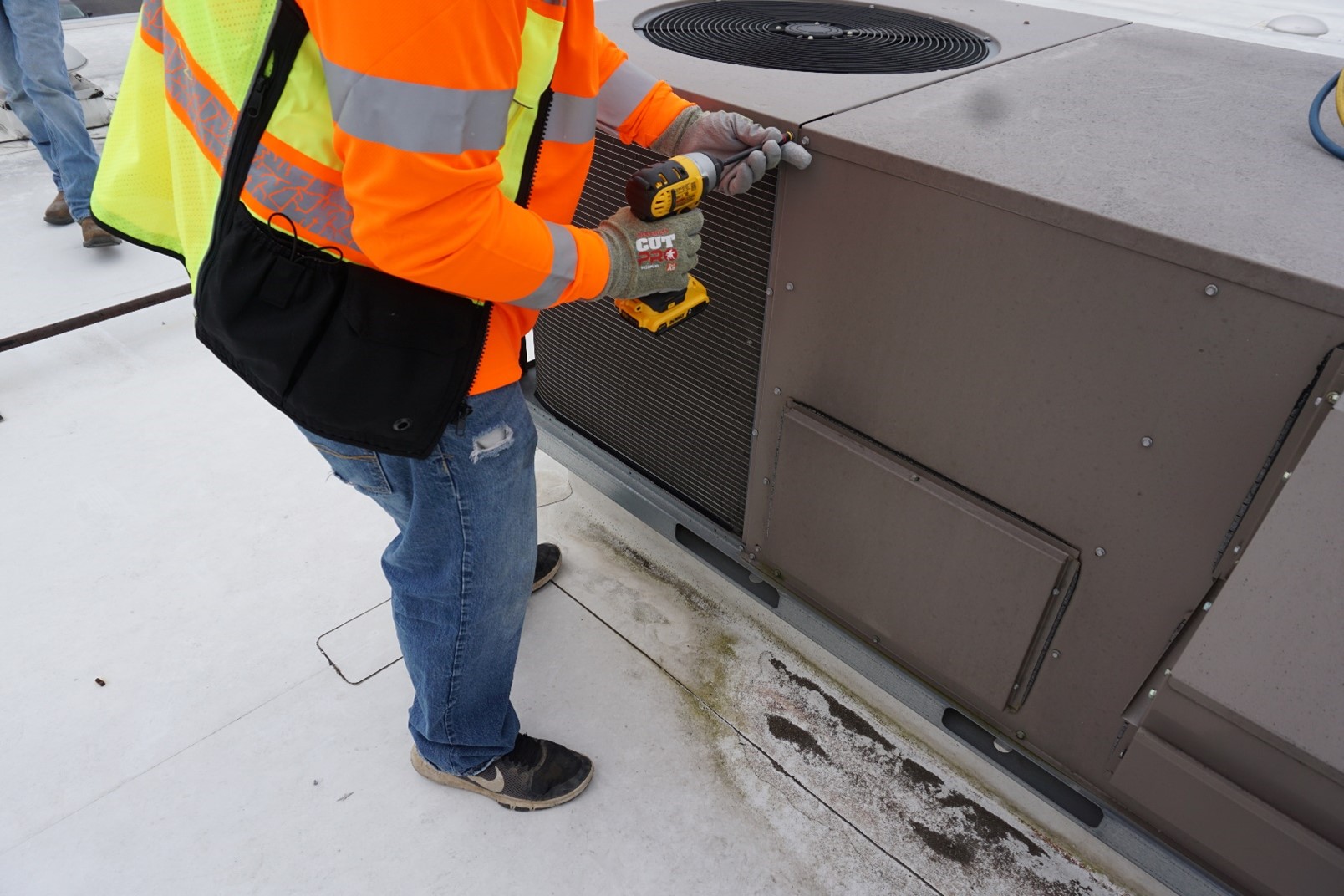
HVAC mechanics install and repair heating, central air conditioning, HVAC, or refrigeration systems. Below are some of the fatal dangers HVAC occupations face on the job:
- Electrocution
- Falling from ladders, ceilings, and rooftops
- Explosive air pressure release
Pipelayers and Plumbers
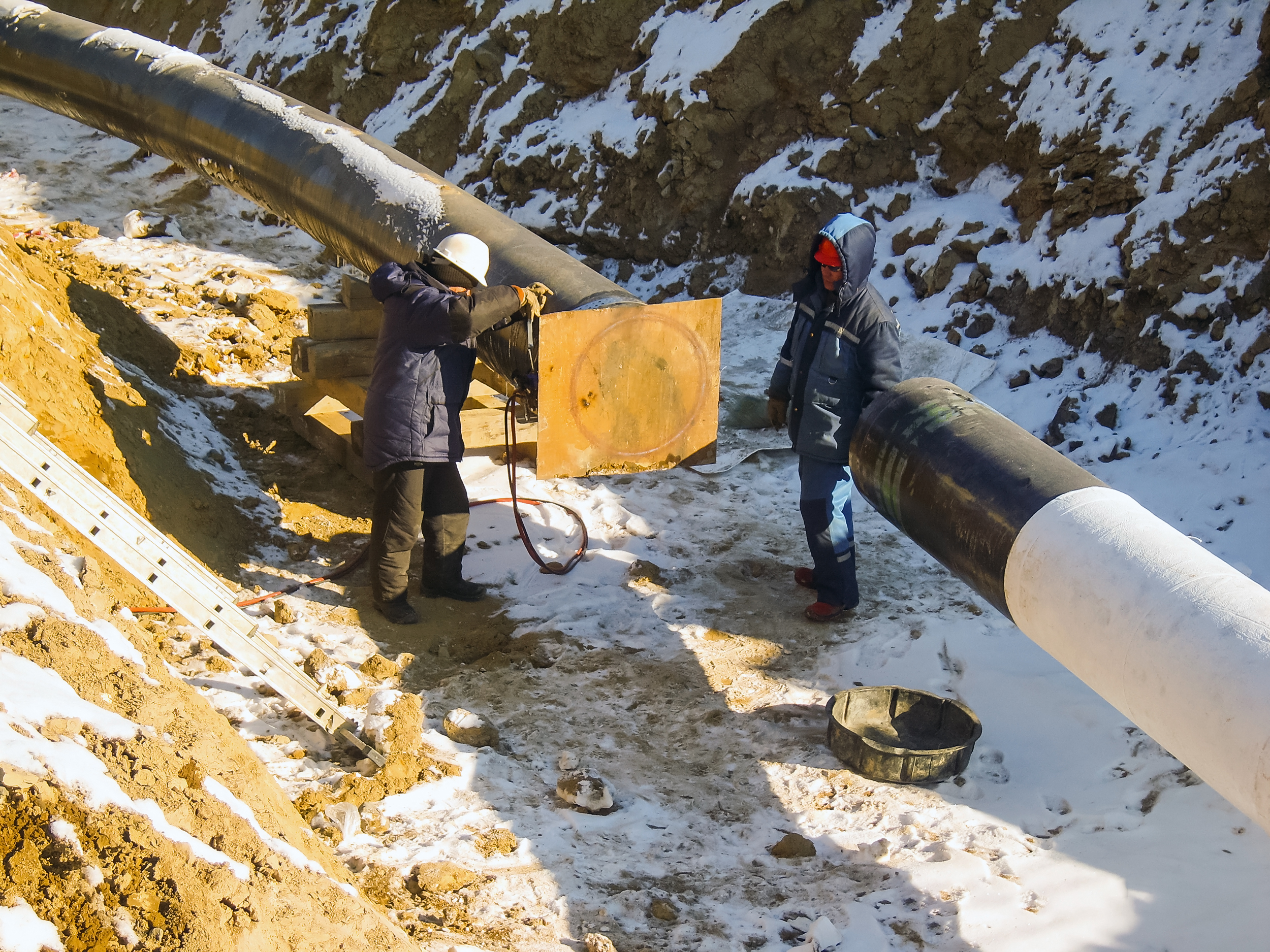
Pipelayers and plumbers lay, cut, connect, and install sewer structures. Below are some of the fatal dangers pipelaying and plumbing occupations face on the job:
- Being crushed by falling pipes
- Trench collapses
- Being struck by pipes
Logging Workers: Fallers
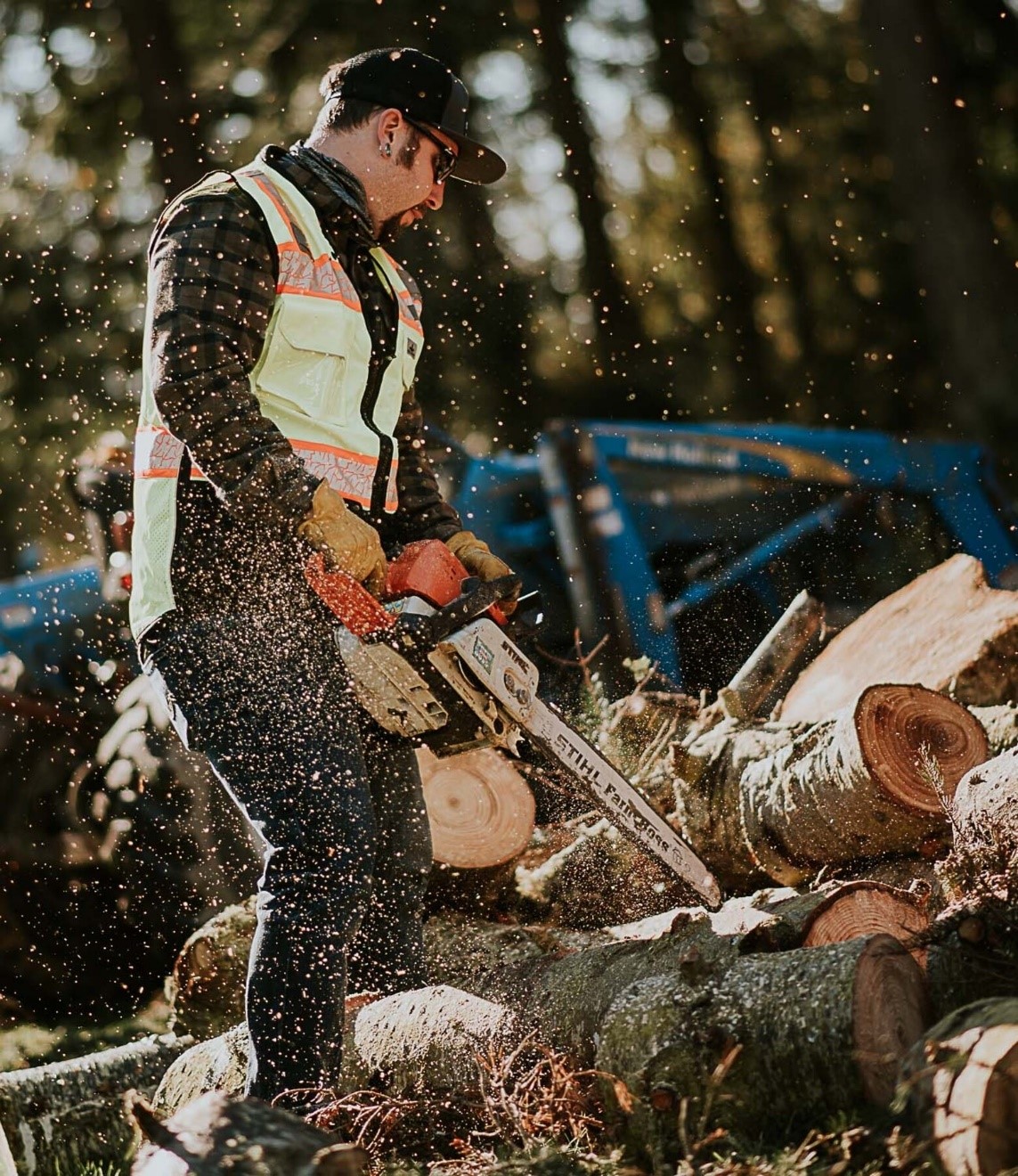
Fallers and logging workers use axes and chainsaws to control the direction of cut trees as they fall. Below are some of the fatal dangers logging occupations face on the job:
- Being crushed by a log skidder
- Being struck by falling trees
- Being run over by equipment
Heavy Vehicle and Mobile Equipment Mechanics
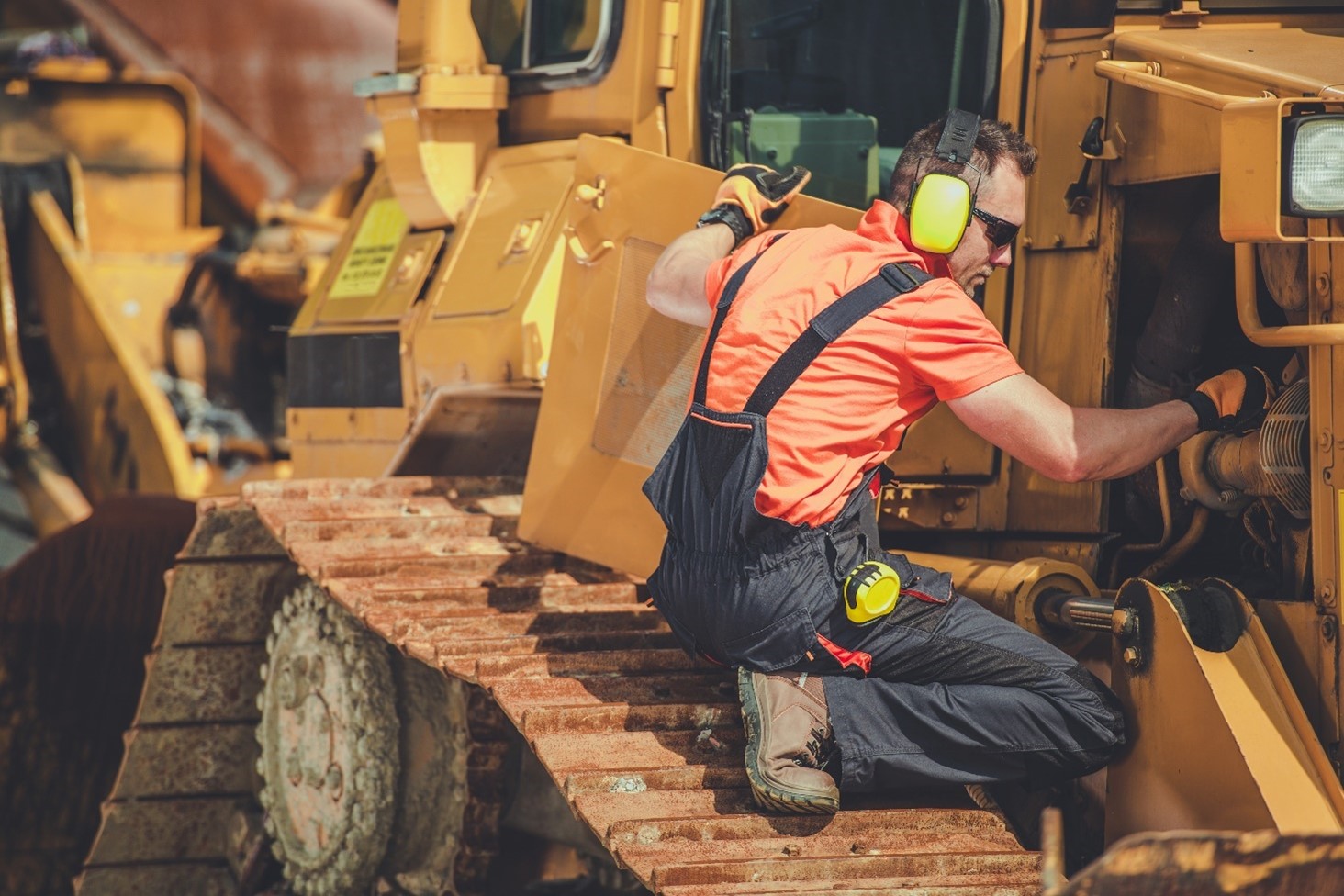
Mobile mechanics diagnose and repair mobile mechanical equipment such as cranes, conveyors, and bulldozers. Below are some of the fatal dangers mobile mechanic occupations face on the job:
- Being struck by equipment or by metal shards
- Inclement Weather
- Falls from roofs and equipment
Electrical Power-line Installers
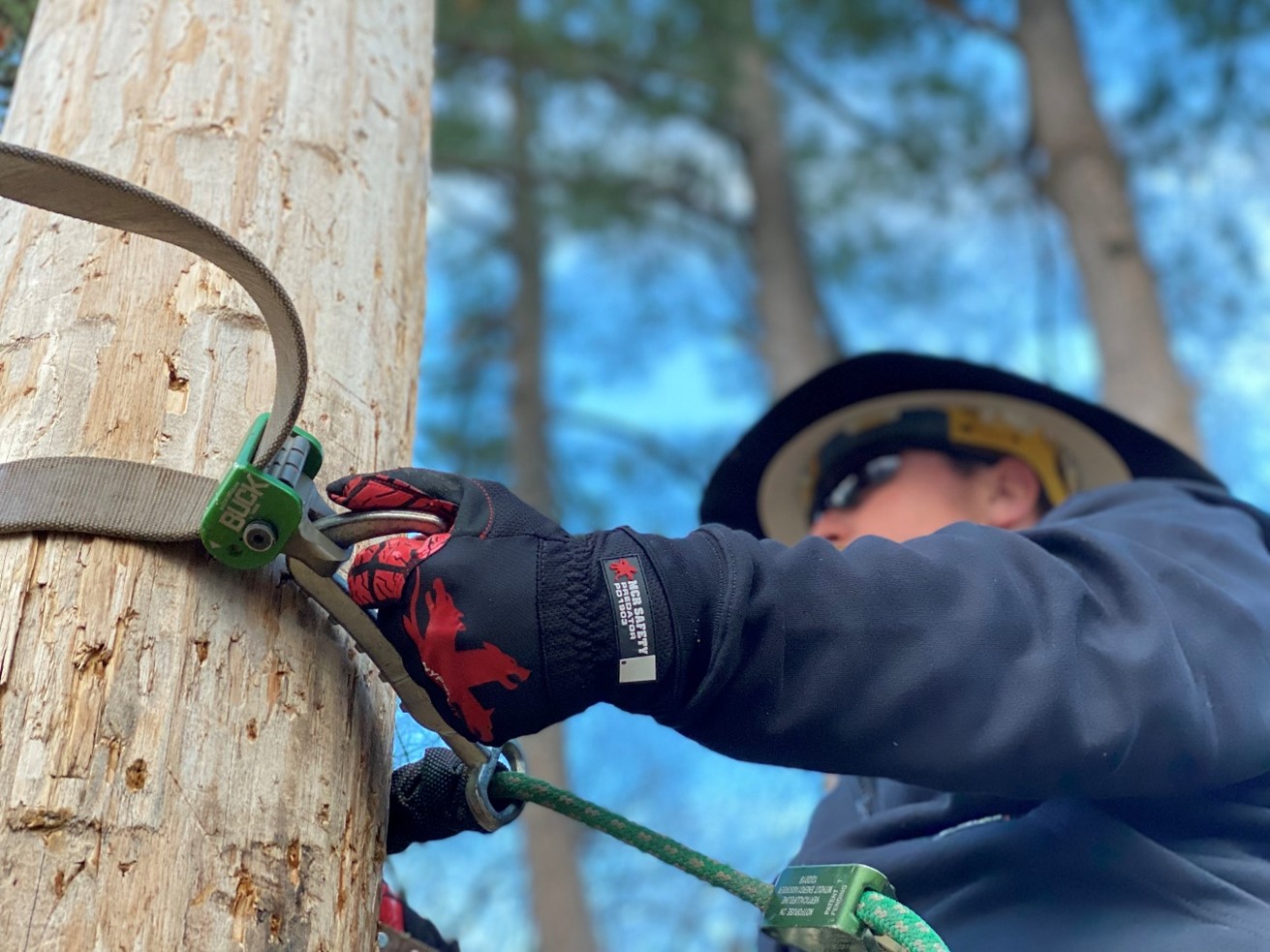
Powerline installers set up or repair cables and wires used in electrical utility systems. Below are some of the fatal dangers electrical powerline occupations face on the job:
- Electrical shock from downed power lines
- Being crushed by a utility pole
- Electrocution while tree trimming
Bus and Truck Mechanics
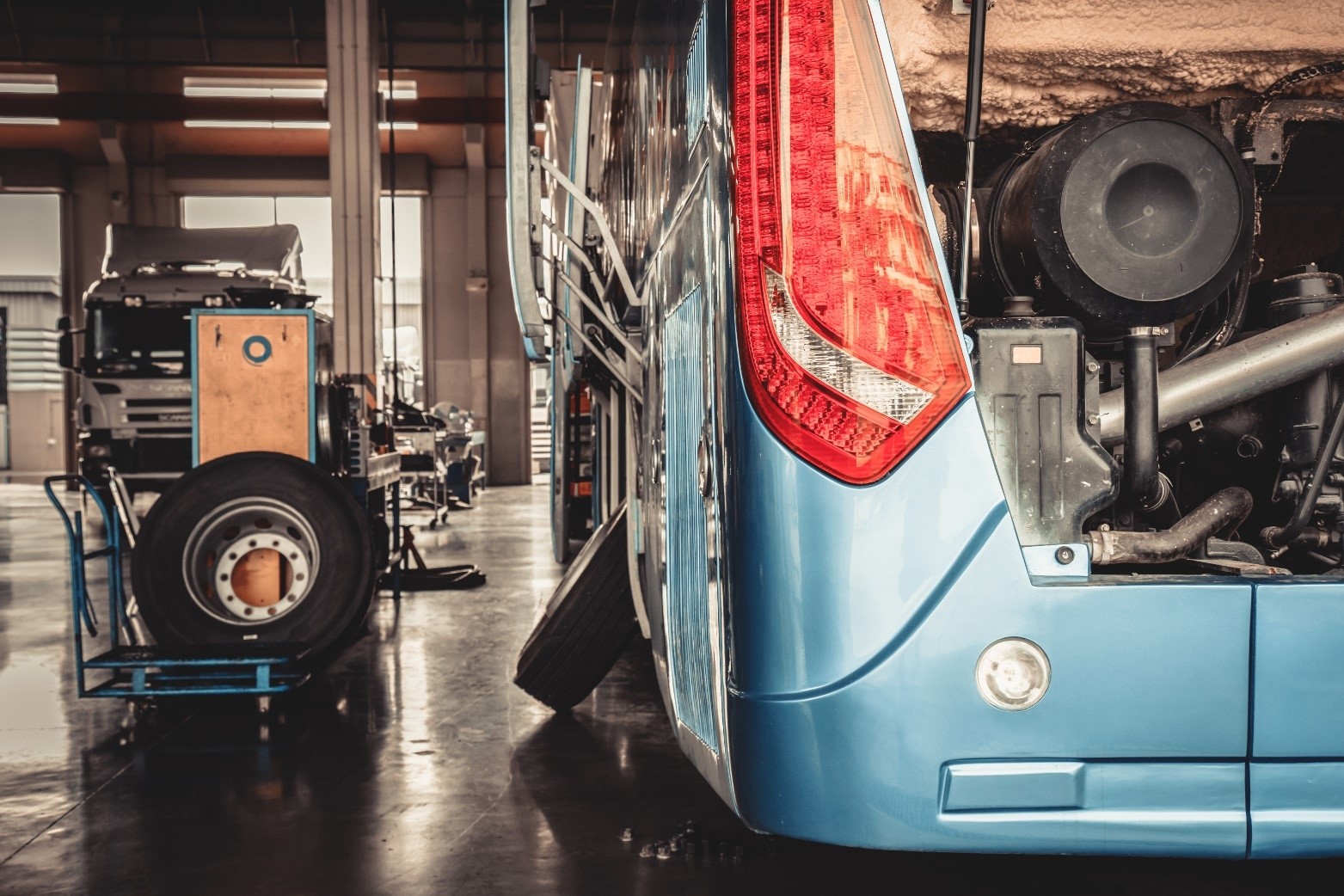
Bus and truck mechanics work on diesel engine-powered buses or trucks. Below are some of the fatal dangers bus and truck mechanic occupations face on the job:
- Being crushed by a falling bus
- Being struck by equipment
- Hydraulic jack accidents
Waste Collection: Refuse and Recyclable Collectors
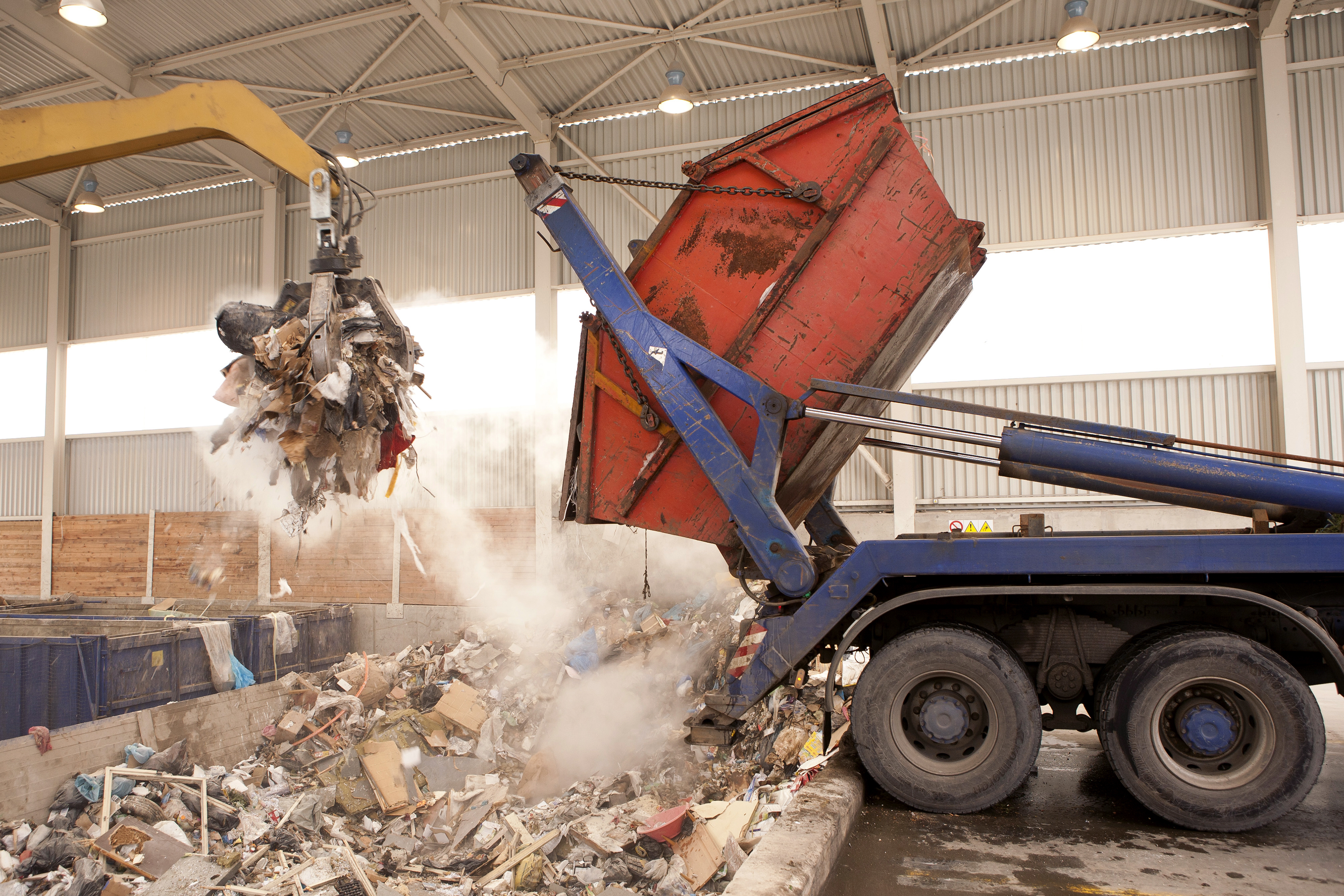
Waste collection workers collect waste and dump refuse materials from containers into dump trucks. Below are some of the fatal dangers refuse and recyclable occupations face on the job:
- Being struck by container doors and dumpsters
- Getting caught in a debaler machine
- Being struck by trucks or motorists
Top Fatality Rates by Industry
![]()
The different occupations shown above work across a multitude of industries. You will notice similarities between the occupation and industry data. Remember that the chart below is granular, which helps identify the more dangerous parts of industries. For example, general freight trucking compiles the most fatalities for truck-driving occupations.
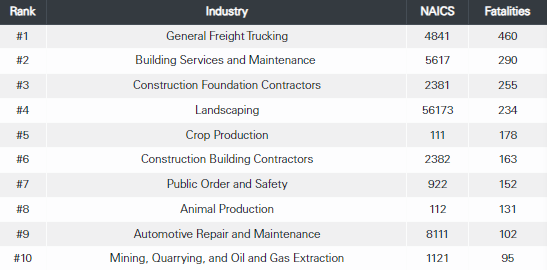
Causes of Fatal Work Accidents
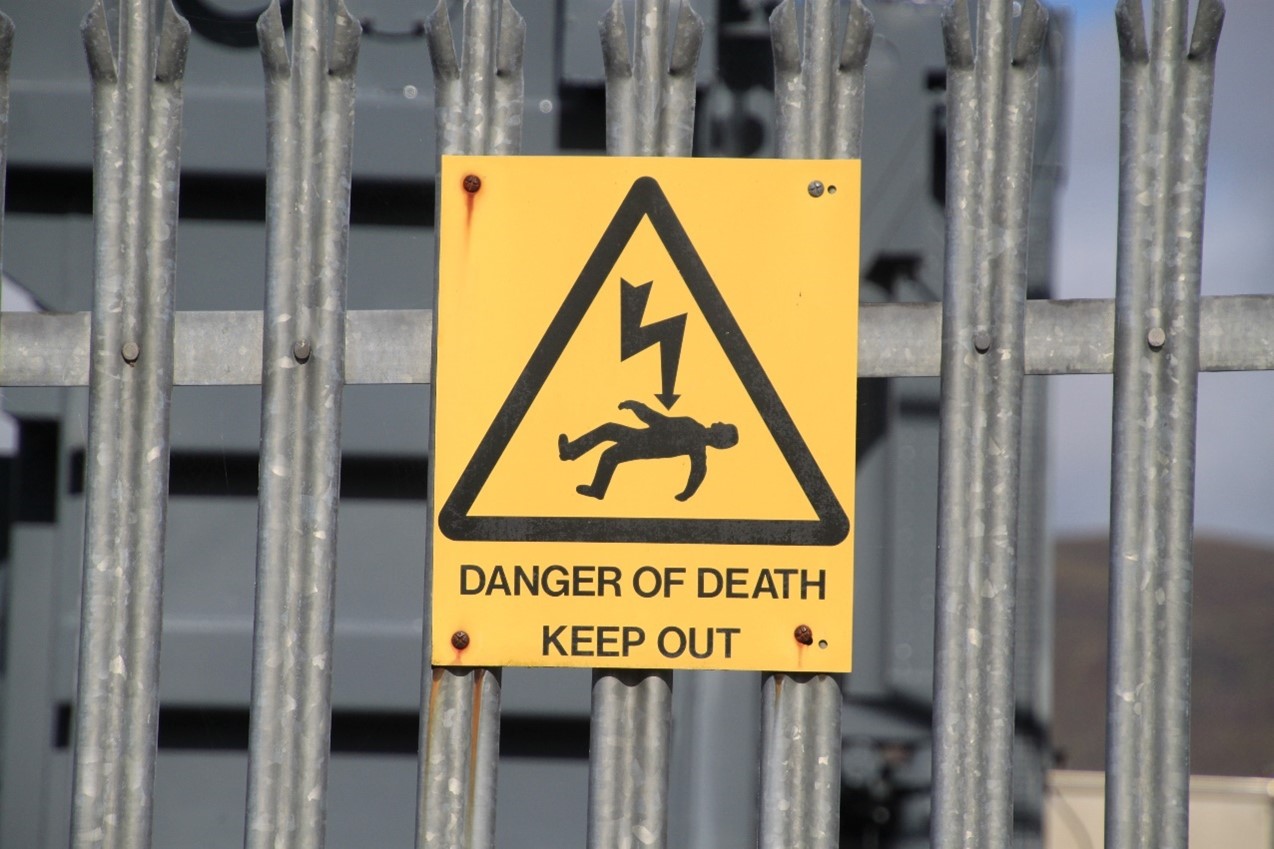
The below table highlights all the events that cause the most fatalities.

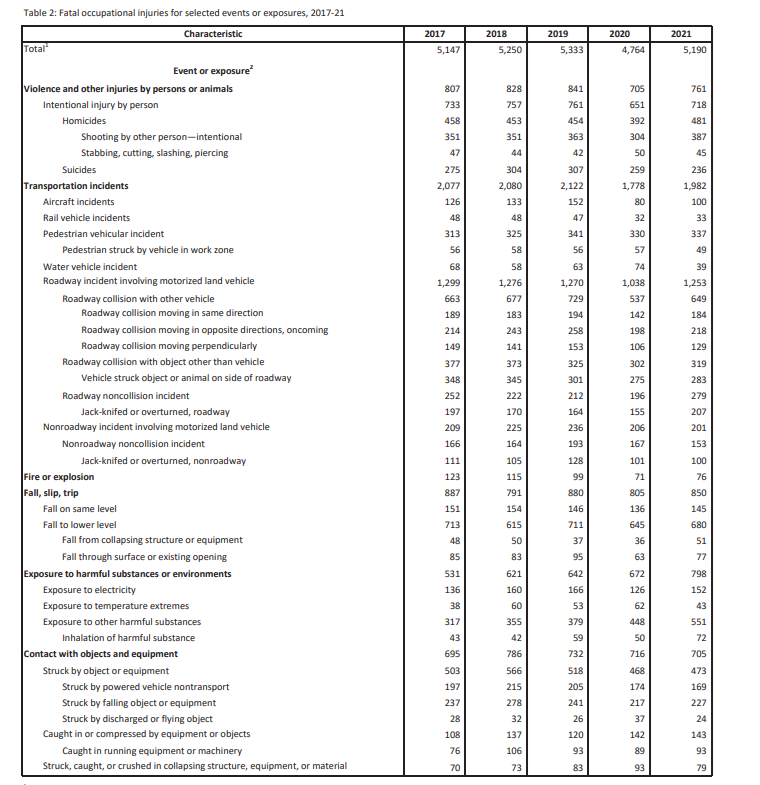
A five-year comparison of the top events causing fatalities across all occupations.
Common Questions

How many fatalities are caused by workplace injuries and illnesses each year?
- There was a total of 5,190 fatalities resulting from workplace events in the U.S. in 2021.
If a fatality occurs in the workplace, how soon must it be reported to OSHA by the employer?
- OSHA requires that a fatality be reported within 8 hours of the event.
What is the most dangerous job in the world?
- The most dangerous job involves working in a motorized vehicle delivering materials or people from one place to another. In total, the BLS reports transportation incidents caused 1,982 fatalities in 2021. With the increasing number of people using portable electronics such as phones and navigation systems while operating vehicles, the dangers will only worsen in future years.
What is the most dangerous job in the military?
- The Marine Corps experiences the most fatalities among the services.
Protecting You At Work
![]()
Workplaces are dangerous, and safety professionals do their best to enforce a hierarchy of controls to keep individuals safe at work. Unfortunately, even with precautions, many workers will encounter hazardous and potentially fatal events on the job. The best thing you can do to stay safe is to be aware of your surroundings and understand the hazards at work. You should check out articles on OSHA 10 and OSHA 30 training courses, which will help provide a greater sense of the potential dangers surrounding you at work. After reading this article, we hope you see MCR Safety as a company dedicated to keeping you safe. We hope you will consider us for any personal protective equipment (PPE) needs you require. Click the image below to check out our entire PPE collection, or leave us a comment by clicking on the “We’d love to hear from you!” image.
Click the below image to leave us comments, questions, or any concerns.
For over 45 years, MCR Safety has proven to be a world leader in gloves, glasses, and garments. Whether it's cleaning equipment, removing paint, or working at a construction site, we are there providing solutions to workplace hazards. It's all part of our commitment to protect people.
Click the above image to be taken directly to MCR Safety’s online PPE catalog.
No matter your industry, we have the personal protective equipment you need.
Learn more about MCR Safety by checking out our most recent video. For more information, browse our website, request a catalog, find a distributor, or give us a call at 800-955-6887.


